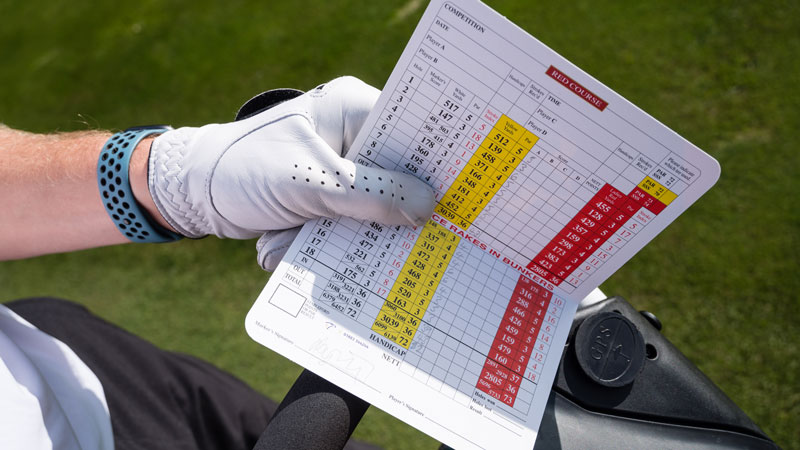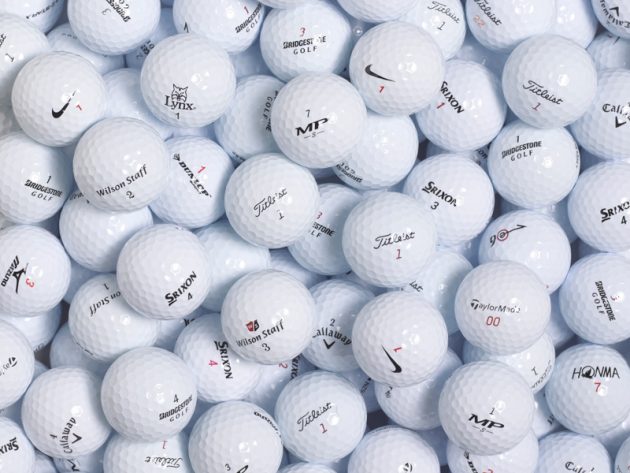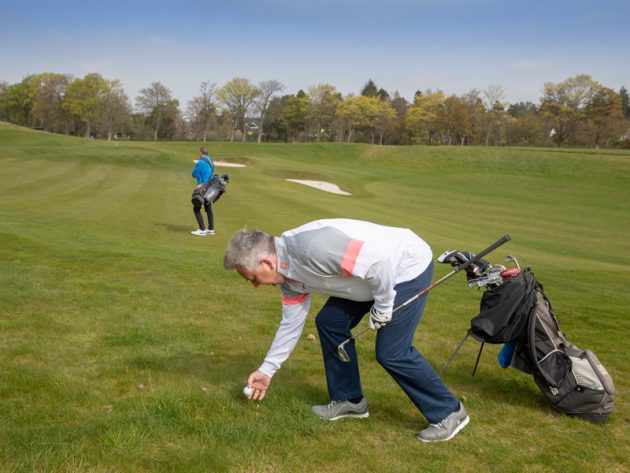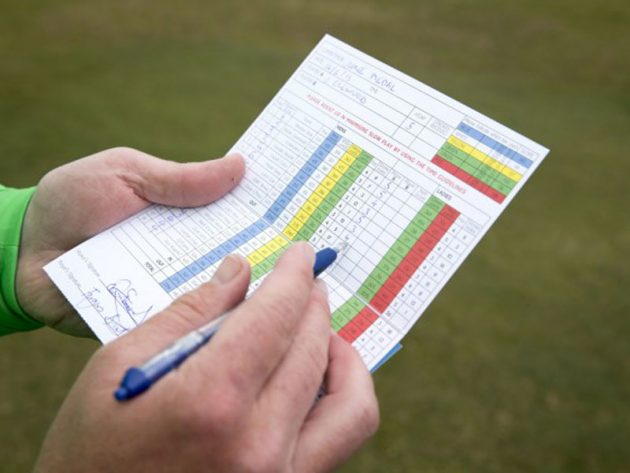10 Golf Rules Myths
These are important myths to be aware of so you don't find yourself in any unnecessary trouble on the course


In this video, Neil Tappin and Jezz Ellwood look at 10 golf rules myths - these are all things that players do either because they think they are proceeding under the rules when actually that rules doesn't exist or, worse still, they are getting the rule wrong and could end up with penalty shots or even disqualification.
If you can understand these 10 golf rules myths you should avoid any unnecessary rules-related trouble!
10 Golf Rules Myths
10. Declaring a lost ball
A common phrase on a golf course is 'I will just declare that ball lost'. Well, you cannot actually do that because a ball is only lost if you don't find it within the three-minute search time allowed when you get to the area you believe your ball to be.
You can say to your playing companions, 'I don't want to look for that one', but if someone does find your first ball, then it isn't lost - it is still the ball in play.
This rule could be particularly beneficial to know about if you are in a match.
If your opponent hits a shot into trouble and doesn't want you to look for it, there is no rule to stop you from trying to find it because then that means they will have to play the hole from that difficult spot.
Subscribe to the Golf Monthly newsletter to stay up to date with all the latest tour news, equipment news, reviews, head-to-heads and buyer’s guides from our team of experienced experts.
Related - Golf Rules: Lost Ball
9. Practising on the course
A lot of people think you cannot do anything in terms of practising on a golf course during a competitive round. But there is a limited amount of practice you can do and that's restricted to the tee of the next hole you are about to play, or the green of the hole you have just played.
You can practise your putting and chipping on or around those two areas, but you cannot practise bunker shots.
8. Scorecard changes
It is a common practice that players, when making changes to their scorecard before handing it in, sign their initials next to the changes, but this is not necessary.
You just have to cross out any mistakes and make the correct score clearly visible and you cannot be penalised.
Related - Rules of Golf: Scorecard Essentials
7. Model of golf ball
The myth here is that a player has to use the same model of golf ball throughout a round, but this is only applicable when something called the 'one-ball rule' is in force. This is only applied at professional events or top amateur events where players do have to play the exact same model of ball throughout.
But for club golfers, you can use any ball you so wish from one hole to the next. We do still recommend marking your golf ball though.
Related: Why you should mark your golf ball

6. 'Practice' balls
A myth in golf is that a ball stamped with 'practice' on the side is a ball you cannot use because it is non-conforming.
This is actually rarely the case - just because it has practice stamped on the side of it, that does not mean it doesn't conform.
5. Identifying your golf ball
Hypothetically, if a player forgot to mark their golf ball and hit into trouble then there will undoubtedly be some players who say even if you find a golf ball with the exact same make, model and number, you cannot 100% prove it is yours.
However the Rules of Golf state; 'by finding a ball with the same brand, model number and condition of the player's ball in an area where the player's ball is expected to be', that is basically acceptable.

4. Declaring a provisional
Many players automatically declare they are playing a 'provisional' but the Rules of Golf only recommend this term. It is not a requirement, but you do need to make it clear that you are playing a provisional ball.
Another term like 'I am going to play another just in case' is deemed to be acceptable.
Related - Golf Rules Explained: Provisional Ball
3. Signing your card
If you have all of the correct scores filled in on each hole, but the total score is wrong and you have signed the card, this is still okay.
The only requirement for the player - the only thing they are signing for is - the gross score on each individual hole. That is the only thing that matters on a scorecard in terms of the scores.

2. Declaring what ball you're playing
On the first tee, many players these days often declare what golf ball they are playing to their playing companions, but you do not actually have to do this.
It may be wise to do so for clarity but under the Rules of Golf there is no obligation to do so.
1. Nearest point of complete relief
A big misunderstanding in golf is that when you are taking free relief from a path, or another immovable obstruction or abnormal course condition, a lot of people confuse that to mean they are entitled to a perfect lie and line.
But in all it means is that you are getting relief from the condition you are taking relief from, at the nearest point. That is the only point and you don't get to pick and choose here. If the nearest point of complete relief is in a bush, then that's tough and you might be better off playing the shot from the original spot.

Sam is Golf Monthly's Senior E-commerce Editor which mean's he oversees everything E-com related on the site.
This takes the form of creating and updating Buying Guides, reviews, and finding bargain prices for deals content.
Working with golf gear and equipment over the last seven years, Sam has quickly built outstanding knowledge and expertise on golf products ranging from drivers, to balls, to shoes.
He combines this knowledge with a passion for helping golfers get the best gear for them, and as such Sam manages a team of writers that look to deliver the most accurate, insightful, and informative reviews and buying advice. This is so the reader can find exactly what they are looking for, at a good price.
Additionally Sam oversees Golf Monthly voucher/coupon content which seeks to find you the best offers and promotions from well-known brands like Callaway, TaylorMade and many more.
Unfortunately, Sam is not a member of any club at the moment but regularly gets out on the golf course to keep up the facade of having a single-figure handicap.